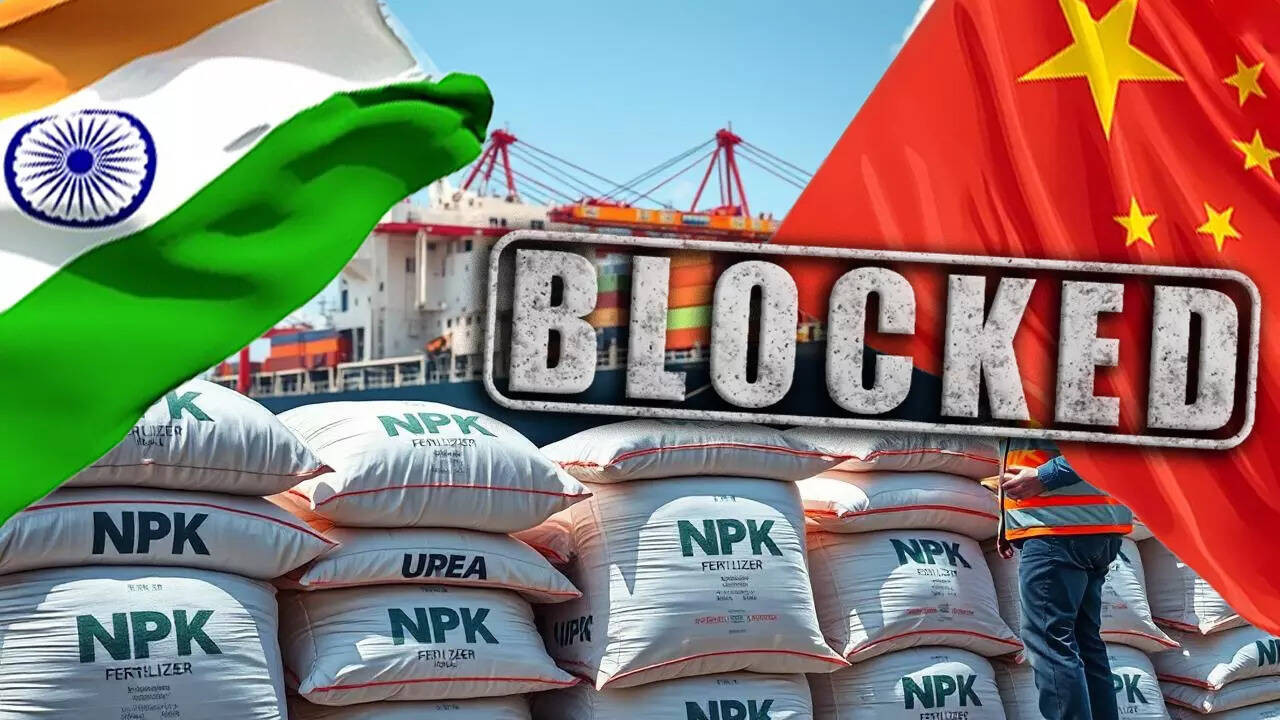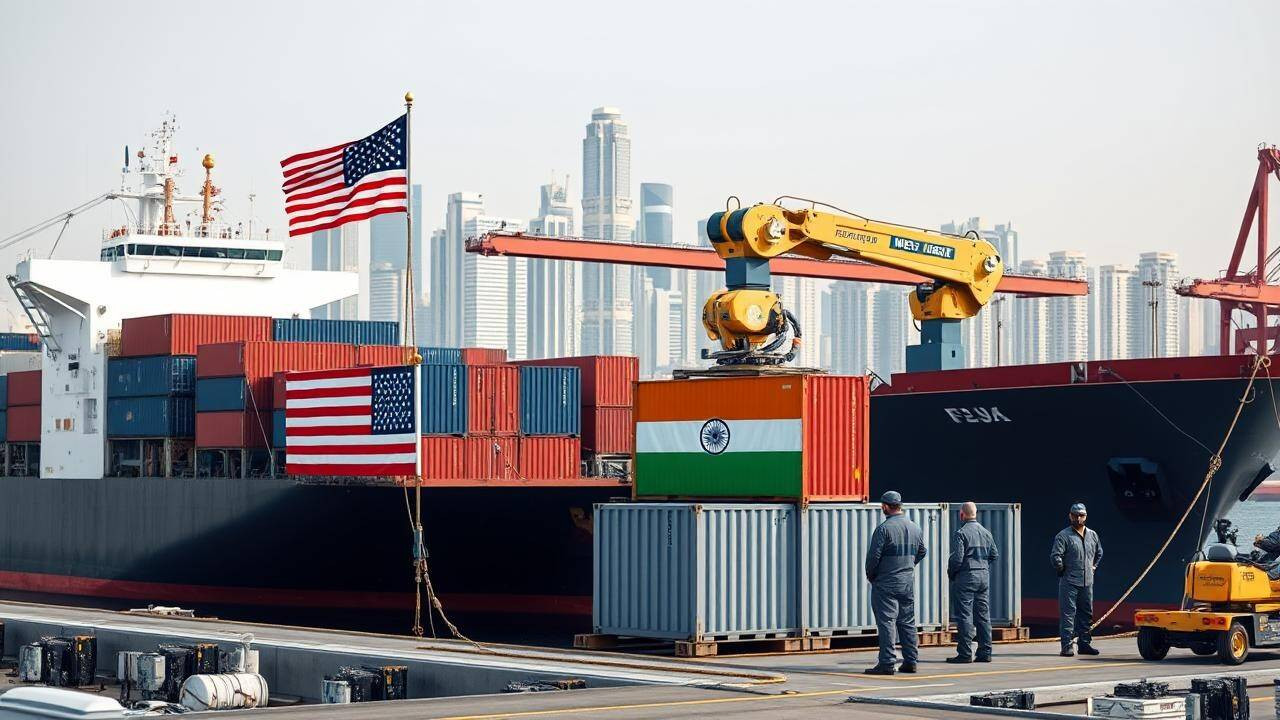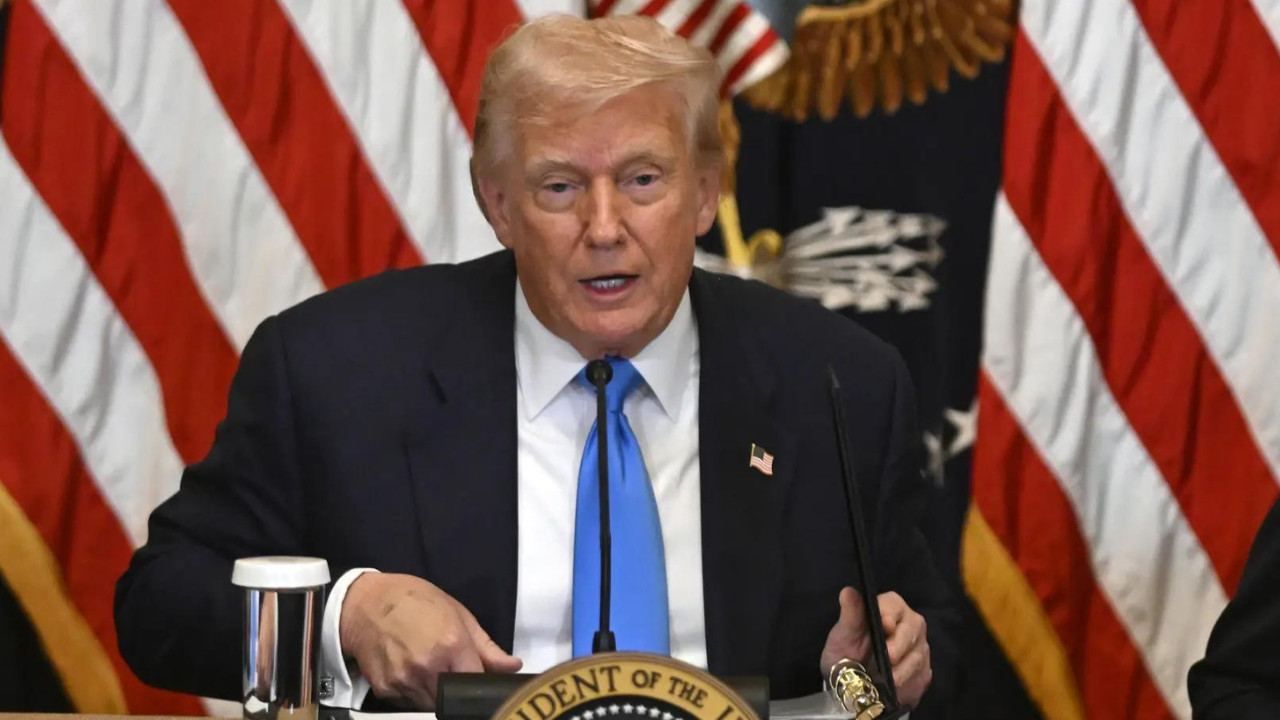India has adeptly countered China’s fertilizer export restrictions, a move seen as supply chain manipulation. Facing DAP shortages during the Kharif season, India secured crucial agreements with Saudi Arabia and Morocco for substantial DAP supplies.
India Weathers the Fertilizer Storm: A Story of Resilience and Resourcefulness
For years, India relied heavily on China for its fertilizer needs, a dependency that left the nation vulnerable to the whims of international markets and geopolitical tensions. When China, a major global fertilizer exporter, began curtailing its exports, many feared a crippling blow to Indian agriculture. This wasn’t just about delayed harvests; it threatened food security and the livelihoods of millions of farmers. But, instead of succumbing to the pressure, India demonstrated remarkable resilience, transforming a potential crisis into an opportunity for strategic growth.
A Wake-Up Call: China’s Export Restrictions
The reduction in Chinese fertilizer exports served as a stark wake-up call. It underscored the inherent risks of relying too heavily on a single source for essential commodities. The move, perceived by many as a form of supply chain weaponization, highlighted the urgent need for India to diversify its sourcing and bolster its domestic production capabilities. Panic initially rippled through the agricultural sector, but necessity is the mother of invention, and India quickly mobilized to find solutions.
Diversifying Sources: Casting a Wider Net
The first and perhaps most crucial step was diversifying the sources of fertilizer imports. India actively sought out alternative suppliers in countries like Russia, Saudi Arabia, and Jordan.  This strategic shift reduced India’s dependence on any single nation and created a more robust and reliable supply chain. The government played a pivotal role in facilitating these new partnerships, negotiating favorable trade agreements, and ensuring a steady flow of fertilizers into the country.
This strategic shift reduced India’s dependence on any single nation and created a more robust and reliable supply chain. The government played a pivotal role in facilitating these new partnerships, negotiating favorable trade agreements, and ensuring a steady flow of fertilizers into the country.
Boosting Domestic Production: Atmanirbhar Bharat in Action
Beyond diversification, India doubled down on its “Atmanirbhar Bharat” (Self-Reliant India) initiative, aiming to significantly increase domestic fertilizer production. This involved investing in new manufacturing facilities, upgrading existing infrastructure, and incentivizing local producers. The focus was not just on increasing quantity but also on improving the quality and sustainability of domestically produced fertilizers. Initiatives like promoting the use of nano-fertilizers and encouraging organic farming practices further contributed to reducing the reliance on imported chemical fertilizers.
Strategic Acquisitions: Securing Resources at the Source
In a bold move to secure long-term access to essential resources, India actively pursued strategic acquisitions of fertilizer production facilities and raw material sources in other countries. This proactive approach ensured a stable supply of key ingredients like potash and rock phosphate, vital components in fertilizer manufacturing. By controlling these upstream resources, India gained greater control over its fertilizer supply chain, mitigating the risks associated with fluctuating global prices and potential export restrictions.
Collaboration and Innovation: The Path Forward
The journey to fertilizer independence is an ongoing process. Continued investment in research and development is crucial to fostering innovation in fertilizer production and application. Promoting balanced fertilization practices, educating farmers about efficient fertilizer use, and encouraging the adoption of sustainable farming techniques will further optimize resource utilization and minimize environmental impact. For more on sustainable agricultural practices, consider reading our guide on [regenerative agriculture techniques](internal-link).
A Lesson Learned: Building a Resilient Future
India’s successful navigation of the fertilizer crisis offers valuable lessons for other nations facing similar challenges. It underscores the importance of strategic planning, proactive policymaking, and a commitment to self-reliance. By diversifying supply chains, boosting domestic production, and securing access to essential resources, India has not only mitigated the immediate threat but has also laid the foundation for a more resilient and sustainable agricultural future. This experience highlights that turning potential vulnerabilities into strengths is key to long-term food security and economic prosperity.







